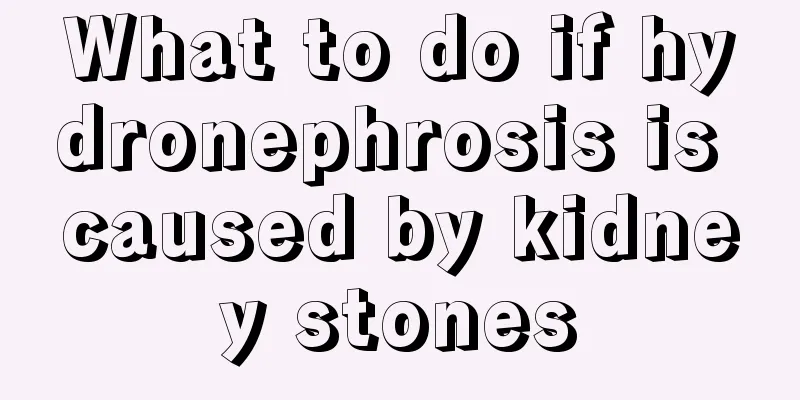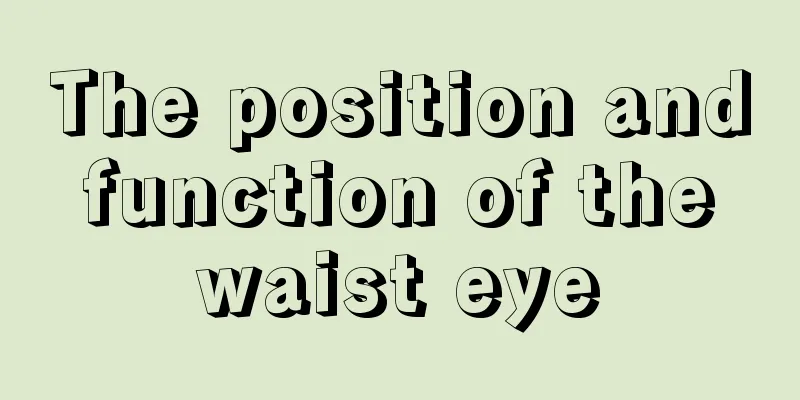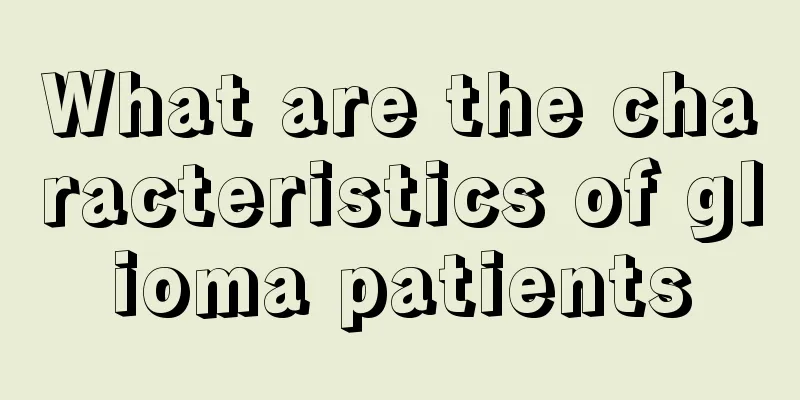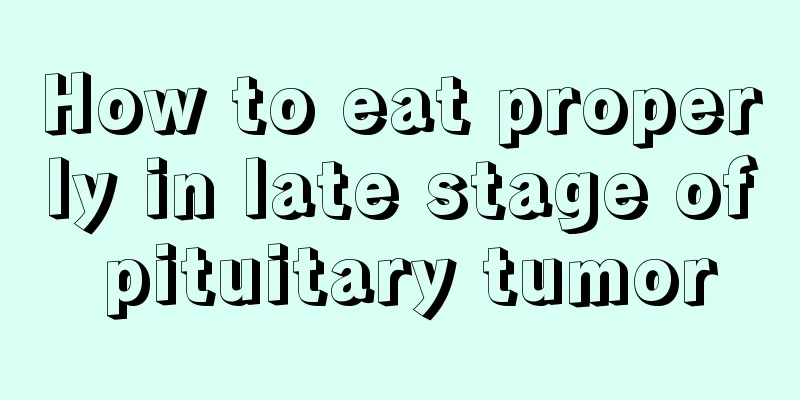What to do if hydronephrosis is caused by kidney stones

|
Kidney stones may also cause hydronephrosis, so of course we should pay attention to the treatment. General treatment includes drinking plenty of water. Drinking water is a good way to help flush the urinary tract and expel tiny stones. At the same time, we should also pay attention to drug treatment. 1. Ensure adequate drinking of water: It is best to drink magnetized water with less minerals, so that the daily urine volume exceeds 2000ml, which can dilute urine, reduce crystal precipitation, flush the urinary tract and expel tiny stones. 2Diet: The composition of the diet should be determined according to the type of stones and the acidity and alkalinity of urine. For calcium oxalate stones, high-oxalate foods such as spinach, tomatoes, potatoes, beets, asparagus, nuts, tea, cocoa, chocolate, etc. should be avoided. And foods high in calcium such as milk, cheese, etc. For idiopathic hypercalciuria, calcium intake should be restricted to reduce urinary calcium content; for recurrent oxalate stones without hypercalciuria, a low-calcium diet is not required. A low-calcium diet is also not recommended for people who form stones due to increased urinary oxalic acid excretion. Control sodium intake. Excessive sodium intake can increase urinary calcium excretion. In cases of hyperuricemia and hyperuricosuria, one should eat a purine diet, avoid eating animal offal, and eat less fish and coffee. 3. Drug treatment (1) Hypercalciuria: Hypercalciuria caused by primary hyperparathyroidism, sarcoidosis, hyperthyroidism, multiple myeloma, etc. should be treated accordingly. For other causes, the following measures can be taken. 1) Thiazide diuretics: 50-100 mg of hydrochlorothiazide per day, or other diuretics of corresponding doses. 2) Sodium phosphate fiber resin: 2.5-5g each time, take with meals. At the same time, oxalic acid intake should be appropriately limited and calcium should be supplemented. 3) Orthophosphate: 1.5-2.0g of phosphorus per day, taken in 3-4 times. It is not used in patients with a glomerular filtration rate below 30 ml/min and those with urinary tract infections because it may cause metastatic soft tissue calcification and infectious stones. (2) Enteric hyperoxaluria: magnesium hydroxide or magnesium oxide can be used. Cholestyramine can correct intestinal fat malabsorption but cannot continuously inhibit oxalate absorption. (3) Hypouric citrate calcium kidney stones: 3-6 g per day, divided into three doses. Some patients may experience mild gastrointestinal reactions, and patients with renal insufficiency should use it with caution. ] |
<<: How to expel kidney stones more effectively
>>: How is kidney stone surgery performed?
Recommend
Which milk is better for washing face
There are many types of milk, such as the common ...
What foods are good to eat to prevent liver cancer? These three kinds of bamboo shoots can prevent liver cancer
There are many benefits of eating bamboo shoots i...
What should I do if my eyes are dry while driving
Eyes are the windows to our soul. We will be part...
What are the methods to prevent mosquito bites
Summer is the season with the most mosquitoes, es...
What causes white sediment in urine?
The appearance of white precipitate in urine is c...
Is liver cancer contagious if it is diagnosed in the hospital? Be alert to the two major causes of liver cancer
Nowadays, people's living conditions have imp...
What are the hazards of double eyelid surgery to the eyes
Female friends who love beauty will choose plasti...
What is the reason for more and more white hair? Age-related inheritance is the most common reason
Many people will find that they have more and mor...
Why do I keep getting acne on the right side of my face?
Acne is a condition that many people have experie...
How many times a month is best for sweat steaming
Steaming is not only a leisure and entertainment ...
What is progesterone
The ovaries also play an important reproductive r...
Differential diagnosis of liver cancer
Are there any simple and reliable testing methods...
What to do if the skin around the eyes is loose
We often say that the skin is firm, which is actu...
Which hospital is good for treating advanced bone cancer
Which hospital is the best for treating advanced ...
What causes sweating on the soles of your feet?
There are generally many reasons for sweating on ...









